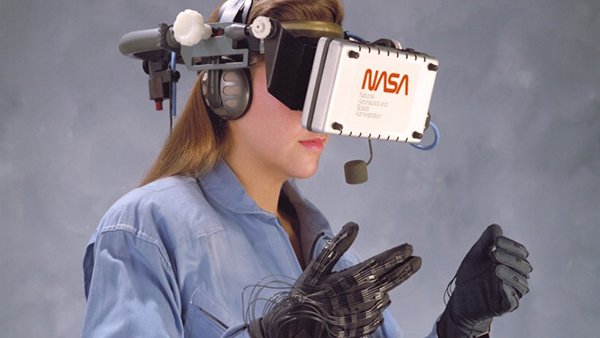NASA: VR Becomes Indispensable Standard Tool in 10 Years
NASA can always come up with smart ways to allow astronauts and engineers to perform space mission training on a safe earth, such as a 620,000-gallon neutral buoyancy pool. A few days ago NASA stated that they soon introduced another technology: virtual reality.
Josh Kinne, deputy director of the NASA Langley Research Laboratory Project, said at the press conference: "VR will be a necessary basic tool." He explained that VR, AR and MR technologies have become essential in the aerospace research field. Less tools can help NASA explore the last area that has yet to be explored.
For example, two engineers in various locations can collaborate in the same virtual environment after wearing VR headsets.
Kinne explained: "They can be located in different NASA centers or somewhere else. We hope they can communicate and collaborate with each other in the same virtual space."

Although as technology advances, the role of VR and AR in NASA training programs will inevitably become more complicated, NASA has begun to apply these technologies. Lockeed Martin revealed that they are training astronauts for the planned Mars base training camp using other VR internal VRs.
In addition, NASA has brought Microsoft HoloLens to the International Space Station. VR is also used in outreach services to allow students to perform virtual space travel, thereby increasing their interest in space exploration.
NASA is currently using the HoloLens, Oculus Rift, and HTC Vive heads. NASA's information technology expert McLarney pointed out: "This is not NASA's own research and development technology, but the invention of the entire scientific and technological community and academia. We need to figure out how to use these technologies."
"The future is here. We need to keep pace with the times." McLarney continued, "Another epoch-making revolution has emerged."
Kinne added: "This will be the way we conduct information visualization. In 10 years, this will become a standard tool."